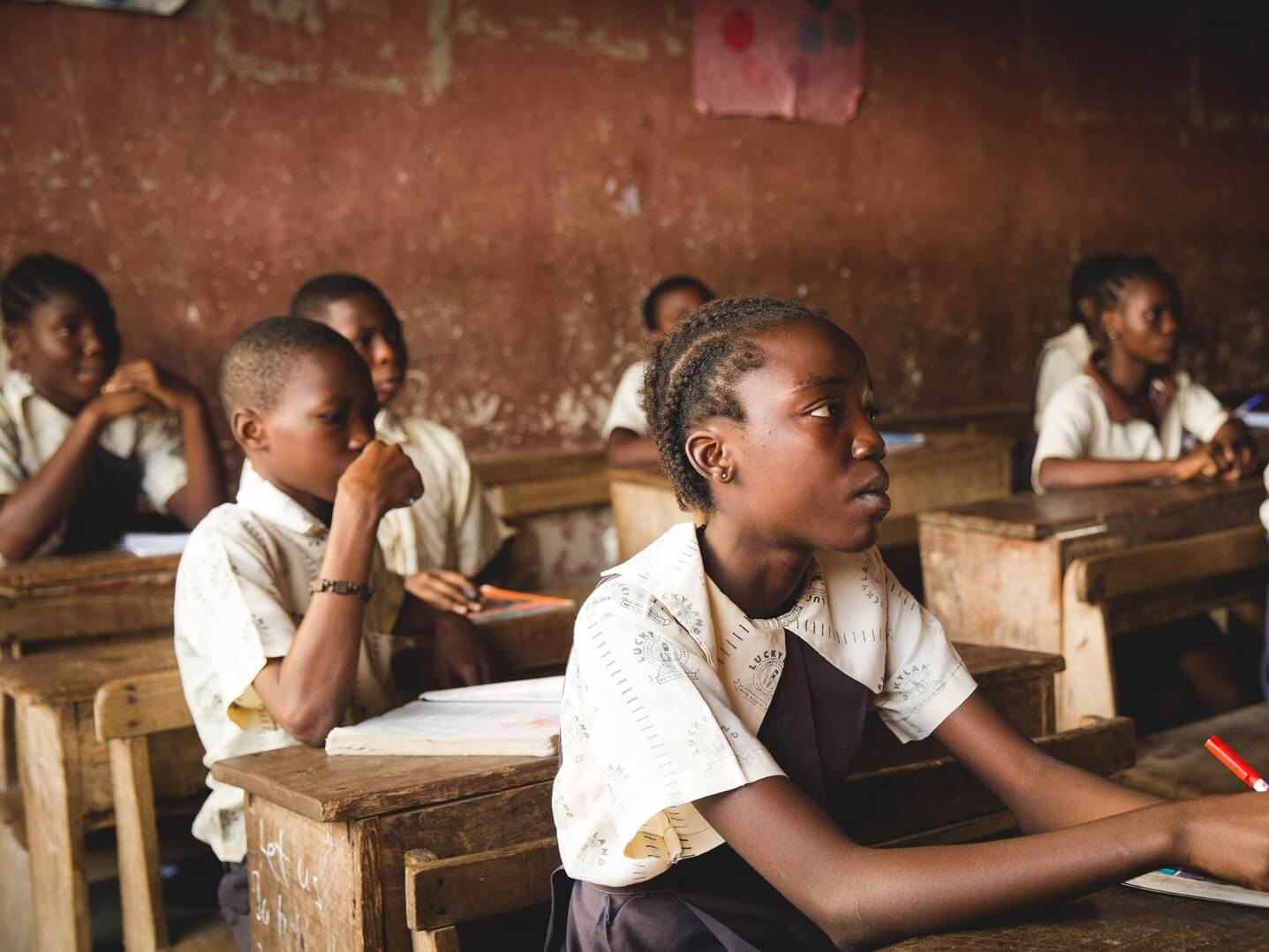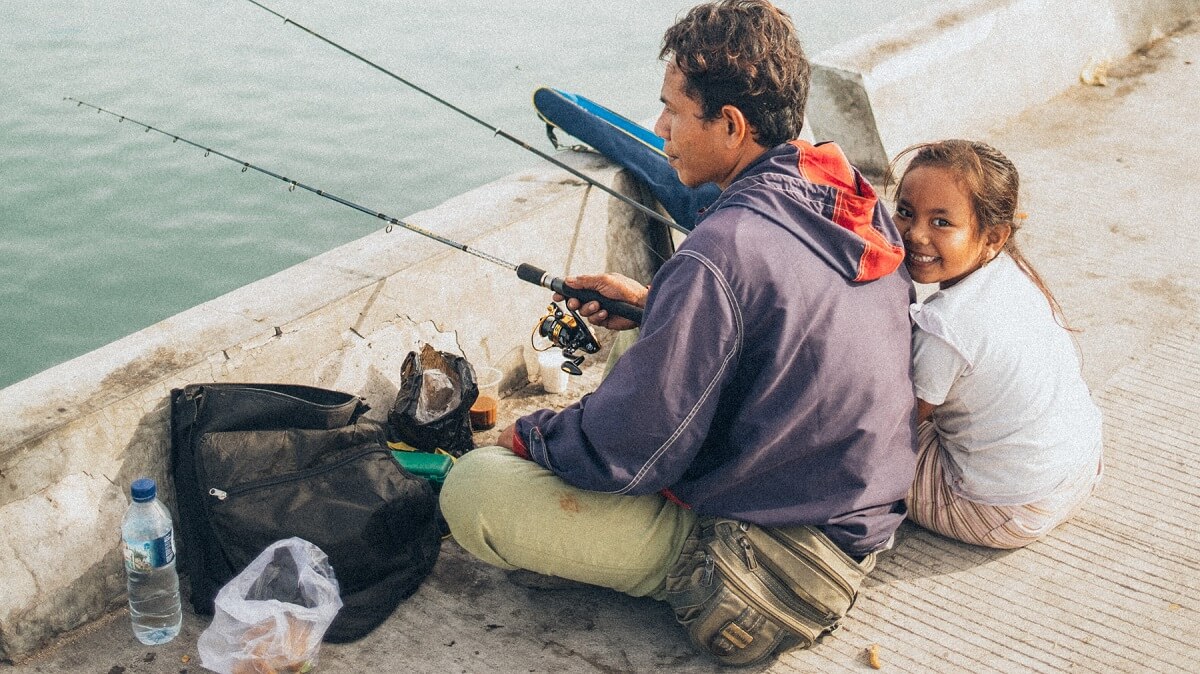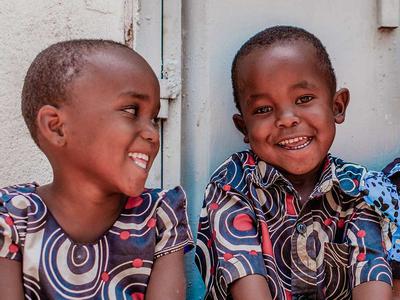Child Sponsorship - a rough overview
Historically Australians like to support disadvantaged children. In 2019, thirty percent of Australian donations went to causes that support children. The dominate way this happens is via child sponsorship.
Effects of poverty on children

Of the 700 million people living in extreme poverty, around half are children (Unicef). A child growing up in poverty is potentially at risk in numerous ways:
- lack of access to health care - resulting in poor health and preventable illnesses and deaths
- lack of formal education
- unsafe living conditions
- exposed to child labour and/or abuse
What is Child Sponsorship?
Child sponsorship is a fundraising method used by charities to help children living in poverty. A sponsor is aligned with a specific child beneficiary, and the sponsor regularly gives an amount for the child. Depending on how the charity operates – the money is directly allocated to the child's expenses, or pooled together to support a number of children (and/or families) in a community. Updates on the child are typically sent to the sponsor, and in some cases there is an exchange of personal letters.
Why is Child Sponsorship popular?
Globally there are probably over 10 million sponsored children. Reasons for this strong support include::
- As outlined above, there is a great need for helping children living in poverty.
- Donors tend to be more emotionally moved to help children than adults. Children are seen as more 'defenceless' and 'vulnerable' to the effects of poverty.
- The required monthly commitment to support a child is easily affordable for most western families. For example, many Australians spend more on take-away coffee than monthly child sponsorship costs.
- Sponsorship participation helps the donor identify or relate to the problems of poverty.
- The programs provide a practical way for a sponsor to make a difference in a child's life. People feel good about this.
Origins of Child Sponsorship
The secular charity 'Save the Children' was the first to commence child sponsorship (as we know it) in 1919. It started by helping disadvantaged European children after World War I. British households were encouraged to 'adopt' a child via their sponsorship program.
A couple of early child sponsorship organisations from the 1930's included the 'Child Fund' (previously 'Christian Children's Fund') and 'Children International' (previously 'Holy Land Christian Mission'). Both have since dropped 'Christian' from their names and presumably their mission statements. The largest child sponsorship program is now operated by 'World Vision', which was formed in 1950 and initially focused on Korean and Chinese children. 'Compassion International' started with Korean children in 1952 and now has over 80,000 Australian child sponsors. The 'Baptist World Aid' child sponsorship program started with Indian children in 1947.
Types of child sponsorship programs
There is a wide variety of child sponsorship programs. The core differences include:
- faith-based vs secular- All the charities listed on this website are Christian (faith-based). Presumably their programs are aligned with Biblical principles, the children and workers are prayed for, the charity is well supported by local churches, and there are opportunities for sharing the gospel and discipleship.
- target countries - Larger charities may offer programs in many countries (eg- 'Compassion Australia' and 'Baptist World Aid' both work in 20-plus countries). Smaller organisations tend to focus on one or two countries. ( eg- Mukti mission focuses on India and Sri Lanka).
- target special needs - Some programs focus on special need groups such as children of persecution Christians (eg- Barnabas Fund), and children with health problems (eg: Deaf Ministries International' or 'The Leprosy Mission')
- target living costs - Some programs cover most living costs, whereas others might focus on a specific area such as education or medical needs.
- program approach and aims - The three main approaches are 'welfare', 'community development' and 'rights-based' child sponsorship.
The implications of these approaches will be expanded on next.
Child Sponsorship Approaches - Good and Bad
For the most part, child sponsorship programs have a good reputation. Over the years a number of criticisms have been dealt with through changes in programs and approaches. The main criticisms against child sponsorship has been directed against the traditional 'welfare' approach which has largely been superseded by the 'development' approach. It is worth knowing the differences when looking into sponsoring.

Welfare vs Development Approach
You may have heard the saying - "If you give a man a fish, you feed him for a day. If you teach a man to fish, you feed him for a lifetime.”
Giving someone-in-need a fish to eat is the welfare approach. Essentially, it is a 'handout'. This is the approach early child sponsorship programs used. It focused on in-effect giving gifts ('fish') to specific children and families. The concern is that families became dependent on the monthly gift and the underlying problems of poverty are not addressed. An additional concern is that the selecting of specific children (or families) was creating jealousies in the community. While there are problems with this approach, it is important to note that much good has been done via this approach.
Teaching someone-in-need to fish is the development approach. Essentially, it is a 'hand-up' where-by the person can help themselves. Applied to child sponsorship programs - the development approach pools the money from child sponsorships to fund community development programs to deal with the underlying problems of poverty. The pooled funds might be used to: help create jobs in the community (eg- microfinance, improved farming, infrastructure); invest in education; and implement health care projects. These projects try to create self-sustaining solutions which don't rely on future 'gifts' (handouts). The goal is to help all the kids in the community rather than specific children. Feedback is still given to child sponsors on the kid they specifically sponsored.
The above explanation is a bit simplistic, but hopefully demonstrates the concept.
Rights-based approach
For completeness, it is worth noting ‘rights-based child sponsorship’, which uses child sponsorship fundraising to advocate for changes in a community to advance human rights of children. They often lobby governments and institutions to try and bring about changes. Some programs may integrate rights-based with the development approach.
Get Involved
Can you help provide a better future for disadvantaged children? If so, please check out some of the child sponsorship programs on Givehigher. Please prayer regularly for these children and those operating the programs.
As a closing challenge - have you considered sponsoring multiple children (by yourself or as a group) in different parts of the world? For example - a child from each continent.
References
- UNICEF website, Child Poverty, accessed August 2021.
- Watson B & Clarke M, “Child Sponsorship - Exploring Pathways to a Brighter Future”, Palgrave Macmillan, 2014
- Charitable Aid Foundation (CAF), “Australian Giving 2019” (Report). Accessed August 2021)



